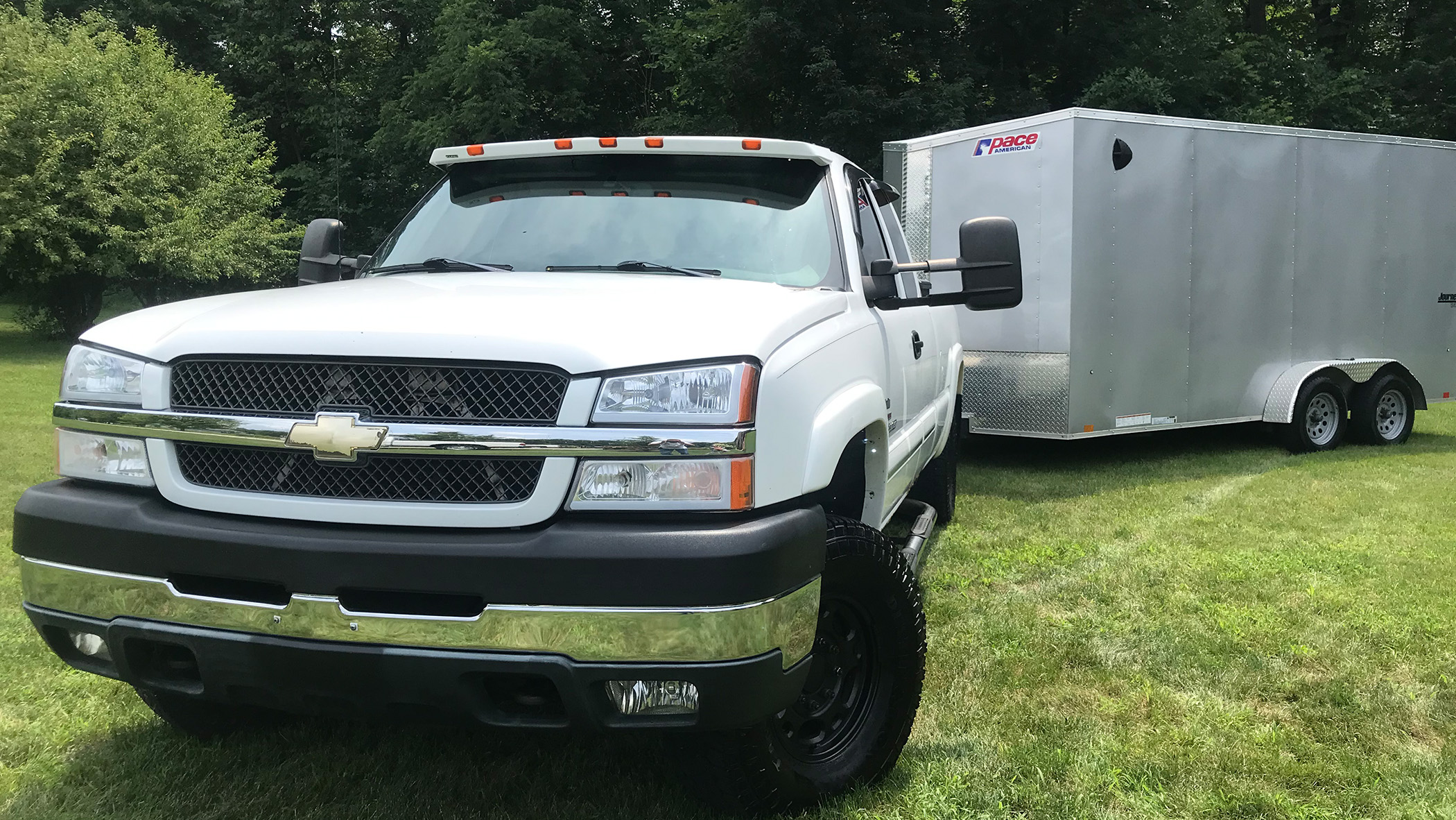When it comes to diesel performance, the LB7 engine, known for its robust design and reliability, has carved out a niche for itself among enthusiasts and professionals alike. But a tantalizing question arises: just how much power can a stock block LB7 handle? This query is not just a matter of horsepower but touches on the heart of tuning and performance engineering.
To fully understand the capabilities of the LB7, let’s take a moment to explore its fundamental architecture. The LB7, part of GM’s Duramax family, debuted in 2001 and quickly won the hearts of diesel aficionados. With a 6.6-liter V8 configuration, it underpinned an array of heavy-duty trucks, melding power with operational efficiency. The secret lies in its durable construction. The iron block and aluminum heads are designed not only to withstand high pressures but also to facilitate efficient thermodynamic cycles.
However, like any machine, the LB7 has its limits. The stock engine can reliably produce around 300 horsepower and approximately 520 lb-ft of torque. That said, the true beauty—or challenge—of a stock block LB7 lies in its capacity for augmentation. One can almost hear the whispers in the enthusiast community: “What happens when you push the limits?”
Consider power mods: software tuning, better air intakes, and enhanced exhaust systems can significantly elevate the performance. But before delving deeper, it’s crucial to discuss the intricacies of diesel tuning. Diesel engines operate fundamentally differently than their gasoline counterparts, which means that tweaks must be approached with finesse. An increase in fuel delivery, for instance, requires a corresponding enhancement in air intake. This brings us to turbochargers.
The stock LB7 turbo is designed to deliver impressive power within a limited range. However, the beauty of the Duramax platform is its amenability to modifications. Upgrading to a larger turbocharger can yield substantial gains, pushing power levels beyond 500 horsepower without much stress on the stock components—if done correctly. The key here is balance; while the engine can handle increased boost pressure, improperly calibrated tunes can lead to excessive cylinder temperatures and premature engine wear or failure.
You may wonder, what about the role of supporting modifications? For an LB7 to not just survive but thrive at power levels upward of 600 horsepower, various components must be assessed and potentially upgraded. Fuel injectors and pumps often require consideration, as stock units may not supply sufficient fuel to match increased airflows. Moreover, intercooler upgrades can mitigate potential heat soak and improve overall engine efficiency.
As one journeys deeper into the world of performance modifications, it is essential to consider the transmission’s durability. The Allison 1000 transmission, often paired with LB7 engines, is typically a reliable component; however, it does have its thresholds. At around 450 to 500 horsepower, stock transmissions can begin to show signs of stress. This introduces an engineering dilemma: how to optimize performance without triggering a cascade of failures elsewhere in the drivetrain?
Moreover, this dance of power and components brings about fascinating outcomes in driving behavior. A well-tuned LB7, with respectable power increases, can transform from a humble workhorse into a formidable competitor. The acceleration, throttle response, and overall driving dynamics become an exhilarating experience. Still, drivers must tread carefully—more power often comes with a greater responsibility for maintenance and scrutiny over engine health.
Another aspect seldom discussed is cooling. With increased power output, the heat generated can significantly impact engine longevity. Thus, adding a higher capacity radiator or auxiliary cooling system should be on the checklist for any serious performance enthusiast aiming to push the envelope. Cooling upgrades not only prolong engine life but also enhance performance consistency, especially under load.
After contemplating all these facets, one must pose another whimsical question: What does success look like? For some, it may be raw numbers on a dyno; for others, it might simply be the thrill of taking an LB7 from a stock setup to a finely tuned machine that melds reliability with performance. This journey exemplifies the joy of automotive craftsmanship—a blend of art and science, where each modification tells a story.
Nevertheless, as the quest for more power unfolds, embracing a community of fellow enthusiasts becomes invaluable. Forums, meet-ups, and gatherings become not merely social engagements but bastions of knowledge sharing. Fellow LB7 owners frequently exchange tips, discuss experiences, and offer insights into the reliability of various upgrades—essentially an informal guidebook to getting the best out of an LB7.
So, how much power can a stock block LB7 handle? The answer is multifaceted. With proper tuning, strategic upgrades, and a keen eye on maintaining balance within the system, an LB7 can comfortably handle upwards of 500 to 600 horsepower on a stock block. Yet, like any great journey, this exploration of power is filled with challenges and opportunities, urging enthusiasts to learn, adapt, and innovate.
In conclusion, while the stock LB7 is a testament to durable engineering, the potential for power augmentation is where the magic truly happens. With careful consideration and a flair for creativity, the LB7 can transform into a powerhouse—capturing the essence of what it means to appreciate and push the boundaries of diesel performance.
